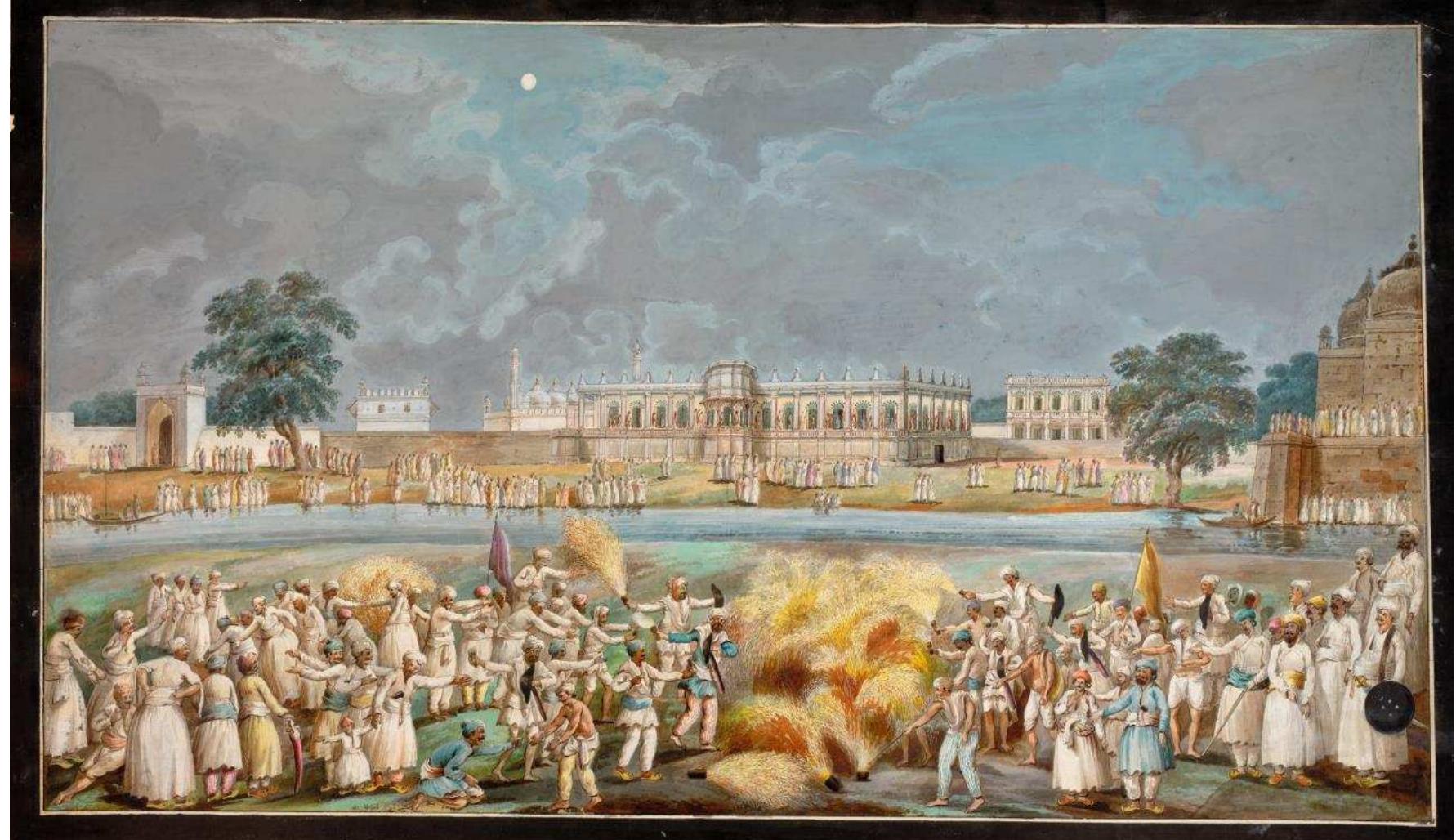
Menu

Berlin is often hailed as the global capital of street art, where urban walls tell stories of freedom, rebellion, and creativity. The city’s turbulent history and vibrant counterculture have made it a magnet for artists who use streets as their canvas, transforming public spaces into open-air galleries.
After the fall of the Berlin Wall in 1989, the city became a blank slate for artistic expression. The remnants of the Wall itself turned into one of the world’s longest-lasting street art projects: the East Side Gallery. This outdoor gallery features over 100 murals painted by artists from around the world, blending political commentary with colorful creativity.
Berlin’s neighborhoods like Kreuzberg and Friedrichshain are legendary for their graffiti-covered walls and abandoned buildings that serve as hubs for street artists. The city’s permissive attitude towards street art has fostered a diverse scene, ranging from large-scale murals and stencil art to intricate paste-ups and tags.
What started as underground rebellion has increasingly been embraced by mainstream culture. Many Berlin street artists have transitioned from spray cans to galleries, with their work exhibited in renowned spaces such as the Urban Nation Museum. This museum is dedicated entirely to urban contemporary art, highlighting how street art has gained respect as a legitimate art form.
Berlin’s street art scene continues to evolve, reflecting social issues, political dissent, and community identity. Walking through the city, one can see layers of history and voices of generations captured in paint.
For anyone passionate about modern urban art, Berlin offers an unforgettable experience — where the line between street culture and fine art blurs in the most exciting way.



